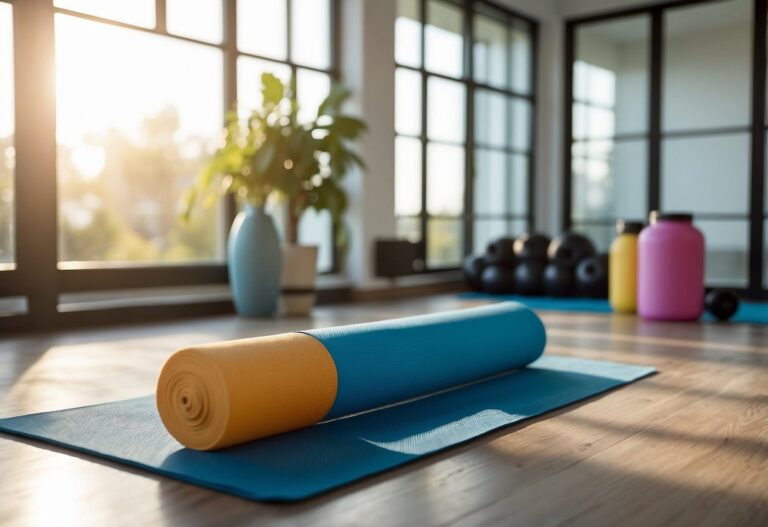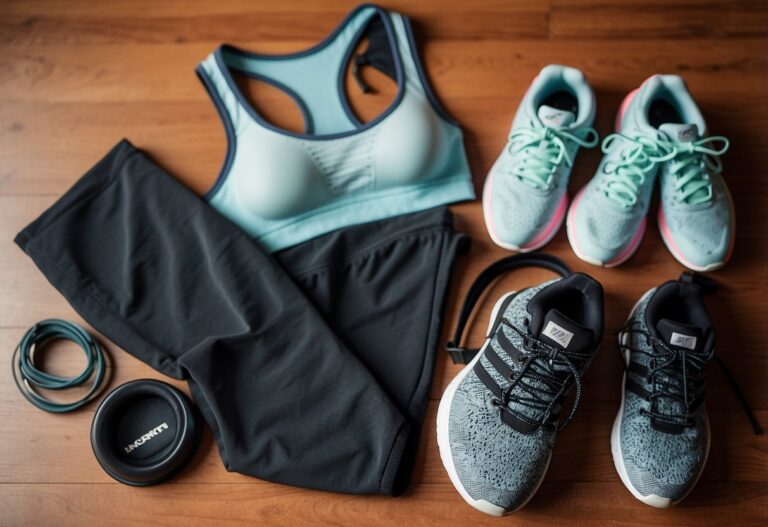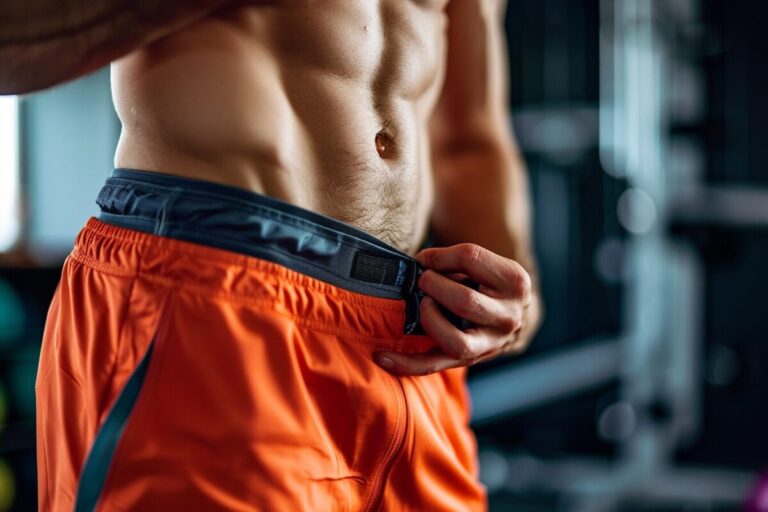Are you looking to get lean and sculpt your physique? This process involves a mix of balanced nutrition, effective workouts, and consistency.
One of the main questions you’ll need to answer is: what are the best workout tips to help you get lean? In this article, we will explore different strategies and routines to help you achieve your fitness goals.

From resistance training to cardio, there are various exercises that can significantly impact your progress. It’s about finding the right combination that works for you.
Stay tuned as we go through proven methods and practical tips to help you on your journey to a leaner you.
Incorporate HIIT Workouts
High-Intensity Interval Training (HIIT) is a fantastic way to burn fat and improve fitness quickly.
You can start with short bursts of intense activity followed by rest periods.
For example, try a cycling HIIT workout.
Warm up by cycling at an easy pace for five minutes. Then, alternate between 30 seconds of all-out effort and 60 seconds of easy cycling. Repeat this interval 8-10 times. Finish with a five-minute cool-down.
If you prefer running, you can do a sprint HIIT workout.
Sprint for 8 seconds, then jog for 12 seconds. Repeat this for 10-20 minutes. This is a simple yet effective way to get your heart rate up.
Remember to incorporate HIIT workouts 1-3 times per week, allowing time for rest and recovery. Track your progress and adjust your workouts as you improve. This keeps you motivated and helps prevent injuries.
By adding HIIT to your routine, you’ll maximise your workout efficiency and see results faster.
Include Compound Movements
To get lean, compound movements are essential. They target multiple muscles at once, making workouts more efficient.
For example, squats work your legs, glutes, and core all at once.
Push-ups are another great option. They engage your chest, shoulders, triceps, and core. You can do them anywhere, from home to the gym.
Deadlifts are often considered one of the best compound exercises. They focus on your legs and back, but also involve your core and grip strength. Learn how to do them safely to avoid injuries.
Incorporating these movements into your routine not only saves time but also boosts muscle growth and fat loss. Try adding a few compound exercises to each workout to see the benefits.
Prioritise Protein Intake
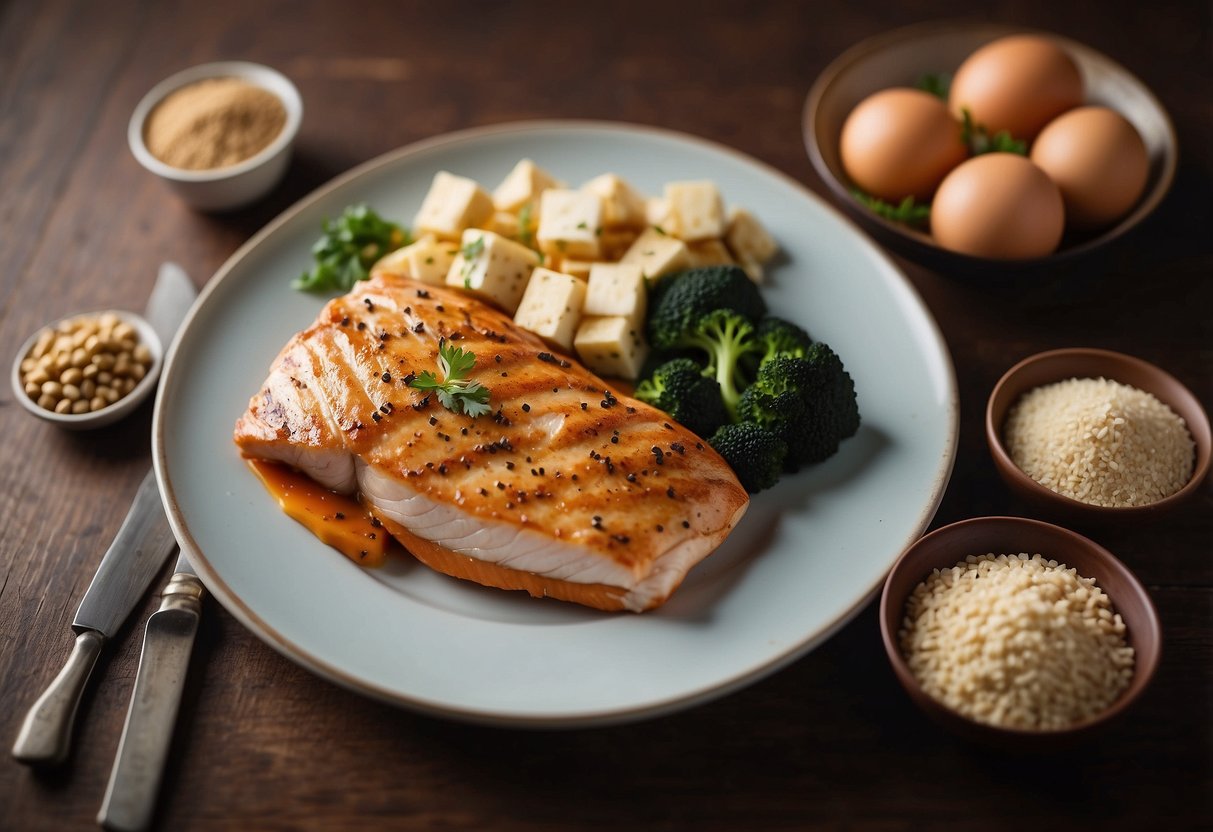
To get lean, you need to focus on your protein intake. Protein helps you feel full and maintains your muscle mass while you burn fat.
Incorporate high-quality proteins like chicken, fish, and legumes into your meals. These foods are not only rich in protein but also low in unhealthy fats.
Snacking on protein-rich foods like Greek yoghurt or nuts can help you meet your daily protein goals. This keeps your metabolism active and supports muscle recovery after workouts.
Aim for about 0.8 grams of protein per pound of your body weight. This amount helps preserve lean muscle as you cut calories.
Stay Hydrated
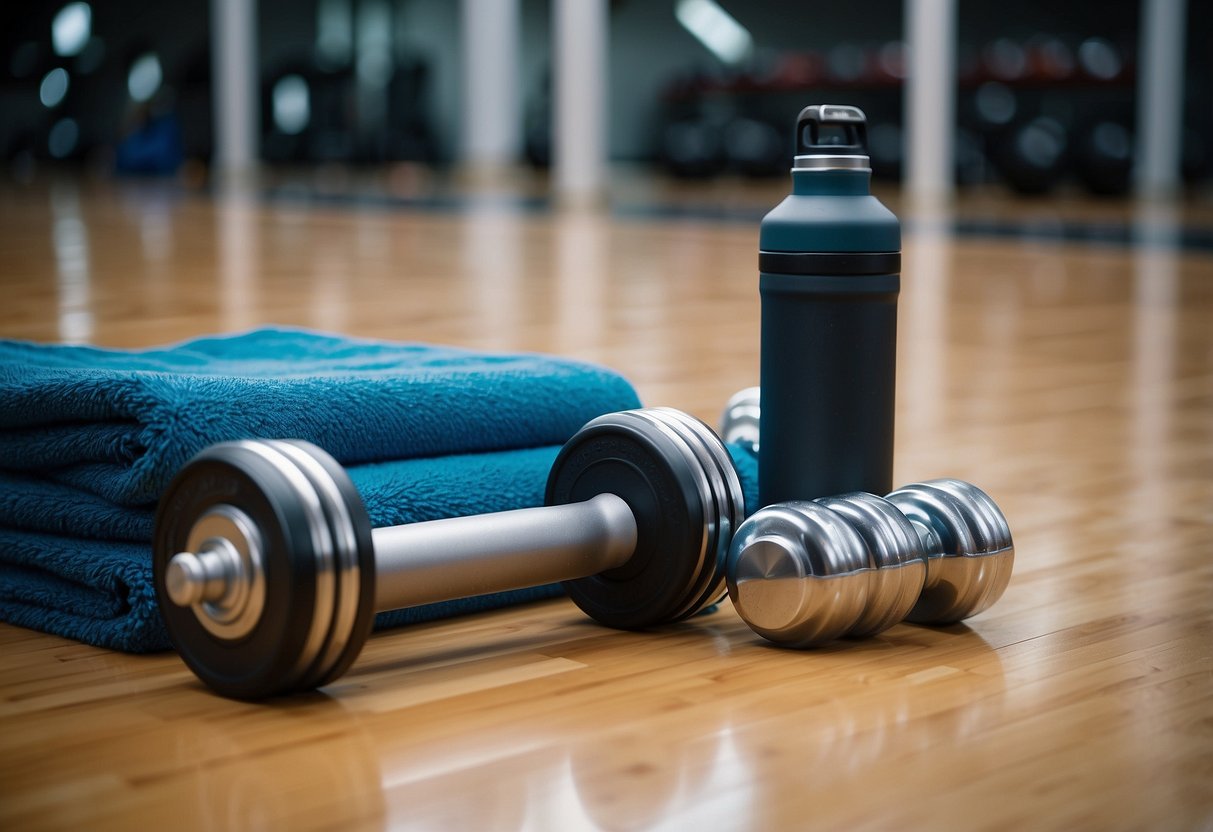
Drinking water is more important than you might think. Proper hydration helps your muscles work better, making your workouts more effective.
Try adding 500ml of water for every hour you exercise. Drink before, during, and after your training to stay optimally hydrated.
Weigh yourself before and after workouts. Every kilogram decrease in your body weight represents a litre of fluid lost. This can help you understand how much water your body needs after a session.
Plain water is best. Avoid sugary drinks as they add unnecessary calories. Just stick to simple, clean hydration.
Limit Added Sugars
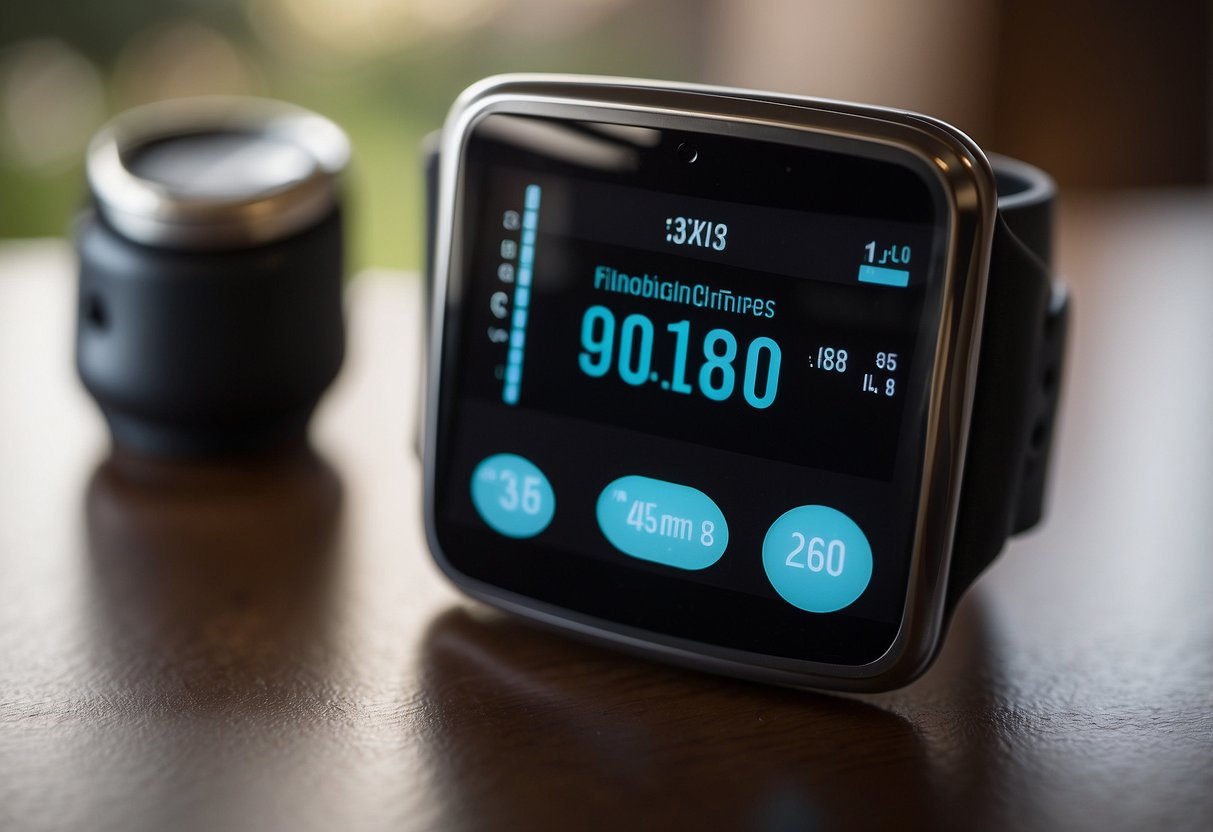
Reducing added sugars in your diet is crucial for getting lean. Added sugars can be found in many foods like sodas, sweets, and even some savoury sauces.
Look at the labels on what you eat and drink. You’ll be surprised how much sugar is hidden in products that don’t even taste sweet.
A simple swap can make a big difference. Instead of sugary drinks, try water or unsweetened teas. These changes can help reduce your daily sugar intake significantly.
Remember, cutting down on sugar doesn’t mean eliminating all sweet flavours. You can still enjoy natural sugars from fruits which also provide essential vitamins and fibre.
Track your progress
Tracking your progress is key to getting lean. It helps you see what’s working and what needs adjustments.
Take progress photos regularly. These can give you a clear visual of how your body is changing over time. Comparing these photos can be really motivating.
Another great method is to measure your waist. This can show changes even when the scale doesn’t.
You can also note how your clothes fit. If they get looser, it’s a good sign you’re on the right track.
Using a fitness tracker can provide data on activity levels, allowing you to adjust your workouts as needed.
Set achievable short-term goals and celebrate when you reach them. This keeps you motivated and focused.
Include Rest Days
Taking rest days is just as important as your workouts. Your body needs time to recover and build muscle.
Think about adding a few rest days each week. This doesn’t mean doing nothing. Light activities like walking, stretching, or yoga can help you feel fresh.
On your rest days, considering proper nutrition is crucial. Aim for a balanced ratio of carbohydrates and protein to help your muscles recover. Learn more about these nutrition tips.
Feel free to enjoy the outdoors on your rest days. Activities like hiking or cycling can be great for recovery while keeping you active.
Focus on Form Over Weight

When you’re working out to get lean, form is more important than the weight you lift.
Improper form can lead to injuries, which will set you back in your fitness journey. Focusing on form ensures that you target the right muscles effectively.
Think about your body alignment. Keep your back straight during squats and deadlifts. If you feel strain in the wrong places, adjust your form instead of pushing through with heavier weights.
Mirror checks can help. Watch your movements to ensure you’re lifting correctly. It’s better to lift lighter weights with perfect form than heavier weights with poor technique.
Incorporate Strength Training
Strength training is essential for getting lean. It helps build muscle, which in turn boosts your metabolism.
When you include exercises like squats, deadlifts, and push-ups, you focus on major muscle groups. This means you burn more calories even when you’re resting.
Try to mix both compound exercises (which work multiple muscle groups) and isolation exercises.
For example, a bench press (compound) and bicep curls (isolation).
Have you considered supersetting? It’s where you do two exercises back-to-back with little rest. This keeps your heart rate up, aiding in fat loss.
Stay Consistent
Staying consistent is key to getting lean. It might be tempting to skip workouts occasionally, but regular exercise will get you to your goal.
Think about setting a workout schedule and sticking to it.
Consistency isn’t just for the gym. You also need to stick to a calorie deficit and eat healthily on a regular basis.
Consistent eating habits will help you see results faster.
Try to make exercise a part of your daily routine. Even when you’re busy, find a way to fit in some physical activity. Every little bit counts!
Understanding Lean Muscle

When it comes to getting lean, focusing on building lean muscle is key. Lean muscle not only helps you look toned but also supports overall fitness and health.
What is Lean Muscle?
Lean muscle refers to muscle tissue that has a low amount of fat. This type of muscle is what gives your body a firm and toned appearance. It is sometimes called “lean body mass” and includes the muscles, organs, bones, and fluids that don’t contain fat.
Building lean muscle is different from just increasing muscle size. It’s about boosting muscle quality rather than quantity. This means you are gaining strength and endurance without adding bulk. Resistance training is essential for developing lean muscle because it helps target specific muscle groups.
Benefits of Lean Muscle
Having lean muscle has many advantages for your body and overall health. First, lean muscle helps increase your metabolism. Muscle tissue burns more calories than fat, even when you’re at rest. This means that the more lean muscle you have, the more calories you burn throughout the day.
Second, lean muscle can improve your daily physical performance. Activities like lifting, running, and climbing stairs become easier. It also helps prevent injuries by supporting your joints and improving your balance. Additionally, maintaining a higher ratio of lean muscle can aid in better insulin sensitivity, reducing the risk of type 2 diabetes.
Finally, lean muscle contributes to a more aesthetic body shape. It helps you achieve a toned and defined look, which is often a key goal for many people pursuing fitness and health improvements. By focusing on building lean muscle, you can achieve not only visual results but also enhance your overall well-being.
Nutrition for Lean Muscle
Getting lean muscle isn’t just about the workout; what you eat is equally important. Focus on essential nutrients and proper meal timing for the best results.
Essential Nutrients
To build lean muscle, you need a balanced diet rich in key nutrients. Protein is crucial as it helps repair and build muscle tissues. Good sources include lean meats, fish, eggs, and legumes.
Carbohydrates are also important because they provide the energy you need for intense workouts. Opt for slow-digesting carbs like brown rice and oats.
Healthy fats, such as those found in nuts, seeds, and avocados, support overall health and hormone production.
Vitamins and minerals are just as vital. Foods rich in vitamins A, C, and E, as well as minerals like zinc and magnesium, can aid in muscle recovery and growth.
For example, oranges not only provide vitamin C but can also boost endurance when eaten before workouts.
Meal Timing
When you eat can be as important as what you eat. Start your day with a protein-rich breakfast to kickstart your metabolism and muscle repair.
Eating every 3-4 hours helps maintain energy levels and muscle protein synthesis throughout the day.
Pre-workout meals should include carbs and proteins about 1-2 hours before exercise. This combination fuels your workout and aids muscle growth.
Post-workout meals are critical; consume protein and carbs within 30 minutes to replenish glycogen stores and support recovery.
For example, you could have a meal of baked chicken and brown rice for lunch around 1:00 pm. This offers both protein and carbs to fuel afternoon workouts.
Regular, well-timed meals ensure you get the most out of your training efforts.
Effective Workout Routines
To get lean, it’s important to follow workout routines that combine both cardio and strength training. These routines should include high-intensity interval training for maximum fat burning and muscle retention.
Combining Cardio and Strength Training
Combining cardio and strength training is essential for a balanced workout. Cardio exercises, like running or cycling, increase your heart rate and burn calories quickly.
Strength training, on the other hand, helps build muscle mass, which boosts your metabolism.
A typical week might look like this:
- Monday: Strength training (upper body)
- Tuesday: Cardio (running or cycling)
- Wednesday: Strength training (lower body)
- Thursday: Cardio (HIIT or swimming)
- Friday: Strength training (full body)
- Saturday: Cardio (hiking or brisk walking)
- Sunday: Rest or light activity
By alternating between cardio and strength training, you not only burn fat but also build lean muscle. This combination helps you achieve a toned and fit physique over time.
High-Intensity Interval Training
High-Intensity Interval Training (HIIT) is a highly effective way to get lean.
HIIT involves short bursts of intense exercise followed by brief rest periods. This method keeps your heart rate up and burns more fat in less time compared to steady-state cardio.
A simple HIIT workout might include:
- Warm-up: 5 minutes of light jogging
- Intervals (20 minutes):
- 1 minute sprint
- 1 minute walking or slow jogging
Repeat the intervals 10 times for a total of 20 minutes.
Finish with a cool-down period of 5 minutes of light stretching or walking.
HIIT can be adapted to various exercises like cycling, jumping rope, or bodyweight exercises.
The key is to maintain high intensity during the work intervals and to keep the rest periods short.
This style of training is efficient and can be done in less time than traditional workouts, making it perfect for busy schedules.
Regularly incorporating HIIT into your fitness routine will help you improve cardiovascular health, increase endurance, and burn fat effectively.



